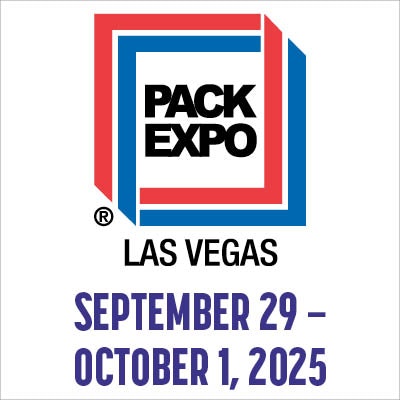Pharmaceutical Innovations Report
Discover the latest breakthrough packaging technologies shaping the pharmaceutical sector. This report dives into cutting-edge innovations, from smart containers that enhance patient safety to eco-friendly materials poised to transform the industry’s sustainability practices. All from PACK EXPO. Learn how forward-thinking strategies are driving efficiency and redefining what’s possible in pharma packaging.
Learn More



